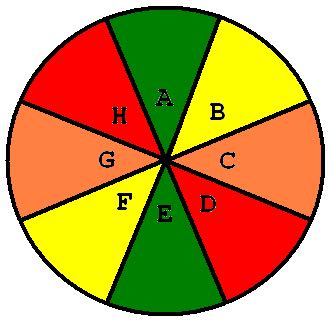This interesting post about Martial Arts and the Bible is a guest post, but while I did not write it, it echos my personal beliefs on the topic. As a Christian and a martial arts student, I have often wrestled with the idea of self-defense. Does God expect me to defend my family and myself […]
Category: Gun and Other Self Defense Stuff
This section is pretty broad and actually covers more than it says. This is a catch all for prepper related gun and weapon things as well as self defense training. If I don’t have a better place to put it and it is dangerous it will probably be found in this section.
Understand Shooting Errors by Octant Error Analysis
Sometimes too much emphasis by observers is placed on the target as the shooter is actually firing. However crazy this might sound, we do realize that the goal of all shooting is the effect on the target. What we are speaking of is placing too much attention on the round holes placed in the target […]
Shooting: Firing from Behind a Barricade
Firing from behind a barricade is an essential part of combat marksmanship. It is a relatively straightforward skill and easily acquired. As all shooting techniques, however, mastery only comes from extensive practice. Contrary to what is seen on movies, most shooting incidents do not happen at high noon on Main Street. Common sense dictates that […]





